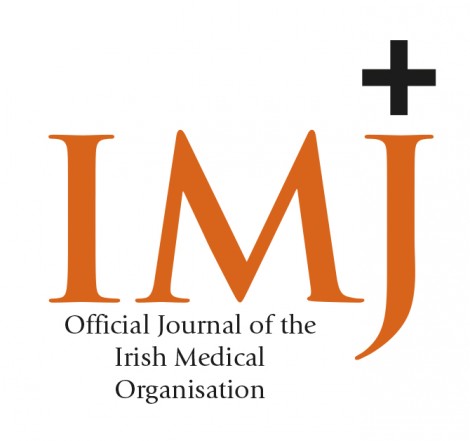Influenza in Children: Is there a link with Medical Complications or Inflammatory Markers?
L. Whilta1, V. Veitch1, K. O’Halloran1, F. O’Riordan1, E. Murphy1, D. Coghlan1,2, B. Elnazir1,2, M. Nadeem1,2
1. Department of Paediatrics, Tallaght University Hospital, Dublin 24, Ireland
2. Trinity College Dublin
Influenza is caused mainly by influenza A, B or C viruses (1). It is generally a self-limiting disease, however, complications can occur (2). In those with influenza, normal peripheral white blood cell count (WBC), lymphopenia and/or monocytosis has been reported (3). Therefore we set out to examine length of hospital stay (LOS), transfer to ICU, mortality and secondary bacterial infection (SBI) in children who presented to our hospital with influenza. The link with peripheral blood tests was also investigated.
We studied 141 patients with influenza between November 2017 and March 2018, mean (SD) age 5.12 (4.30) years. Of 141 patients, influenza A was found in 80 (56.7%), influenza B in 60 (42.6%) and both strains in 1 patient. Statistically, peripheral blood tests were compared between two groups (children with influenza A and those with influenza B). Admission to general paediatric ward was required in 91 cases (64.54%), of whom two required transfer to ICU (2.2 %), with no mortality documented. Mean (SD) LOS was 2.33 (1.92) days. There was no link between LOS and influenza viral strains (p value 0.35).
Of 141 patients, 111 underwent blood tests. Total WBC was normal in 72 of 111 patients (64.9%), raised in 9 (8.1%) and lower than reference range in 30 (27.0%), with no significant difference between the groups (p value 0.48). Neutrophil values were normal, higher and lower than the reference range in 80 of 111 (72.1 %), 19 (17.1%) and 12 (10.8%) patients, respectively. Lymphocyte values were normal in 61 of 111 (55.0%) patients, raised in 2 (1.8%) and lower than the reference range in 48 (43.2%). Moreover, monocyte values were normal in 64 of 111 patients (57.7 %) and raised in 47 (42.3%). Neutrophil, lymphocyte or monocyte values did not differ between the groups (p value 0.52, 0.71 and 0.38, respectively).
Combined abnormal WBC differentials was documented in 5 of 111 patients (4.50%), of whom two had influenza A. Of 111 patients, lymphopenia with monocytosis occurred in 15 (13.51%) and lymphocytosis with monocytosis occurred in two (1.80%). Mean (SD) neutrophil lymphocyte ratio (NLR) was 2.77 (2.70) and mean (SD) monocyte lymphocyte ratio (MLR) was 0.56 (0.43). In receiver operating characteristic curve analysis of the NLR and MLR for predicting the type of influenza virus, the area under the curve was 0.42, and 0.53 respectively, with a lack of sensitivity observed. Mean (SD) C-reactive protein (CRP) value was 14.45 (10.12) mg/L, with no significant difference between the groups (p value 0.52). No organisms were detected in 79 patients who underwent peripheral blood culture, in 20 patients who had peripheral blood PCR or in 7 patients who had CSF culture.
In conclusion, influenza can occur with normal WBC and CRP values. There is no role for NLR and MLR in predicting influenza serotypes. There is no link between LOS and influenza viral strains. Moreover, no mortality or SBI was reported in this group of patients. In those who were admitted to general paediatric ward, the vast majority did not require transfer to ICU.
Funding:
This study received no specific grant from any funding agency in the public, commercial, or not-for-profit sectors.
Conflict of Interest:
The authors report no conflicts of interest associated with this article.
Corresponding Author:
M. Nadeem,
Department of Paediatrics,
Tallaght University Hospital,
Dublin 24,
Ireland
Email: [email protected]
References
1. Mancinelli L, Onori M, Concato C, Sorge R, Chiavelli S, Coltella L, Raucci U, Reale A, Menichella D, Russo C. Clinical features of children hospitalized with influenza A and B infections during the 2012-2013 influenza season in Italy. BMC Infect Dis. 2016; 16:6. doi: 10.1186/s12879-015-1333-x
2. Rothberg MB, Haessler SD. Complications of seasonal and pandemic influenza. Crit Care Med 2010; 38:e91
3. Merekoulias G, Alexopoulos EC, Belezos T, Panagiotopoulou E, Jelastopulu DM. Lymphocyte to monocyte ratio as a screening tool for influenza. PLoS Currents. 2010;2:RRN1154
P925
